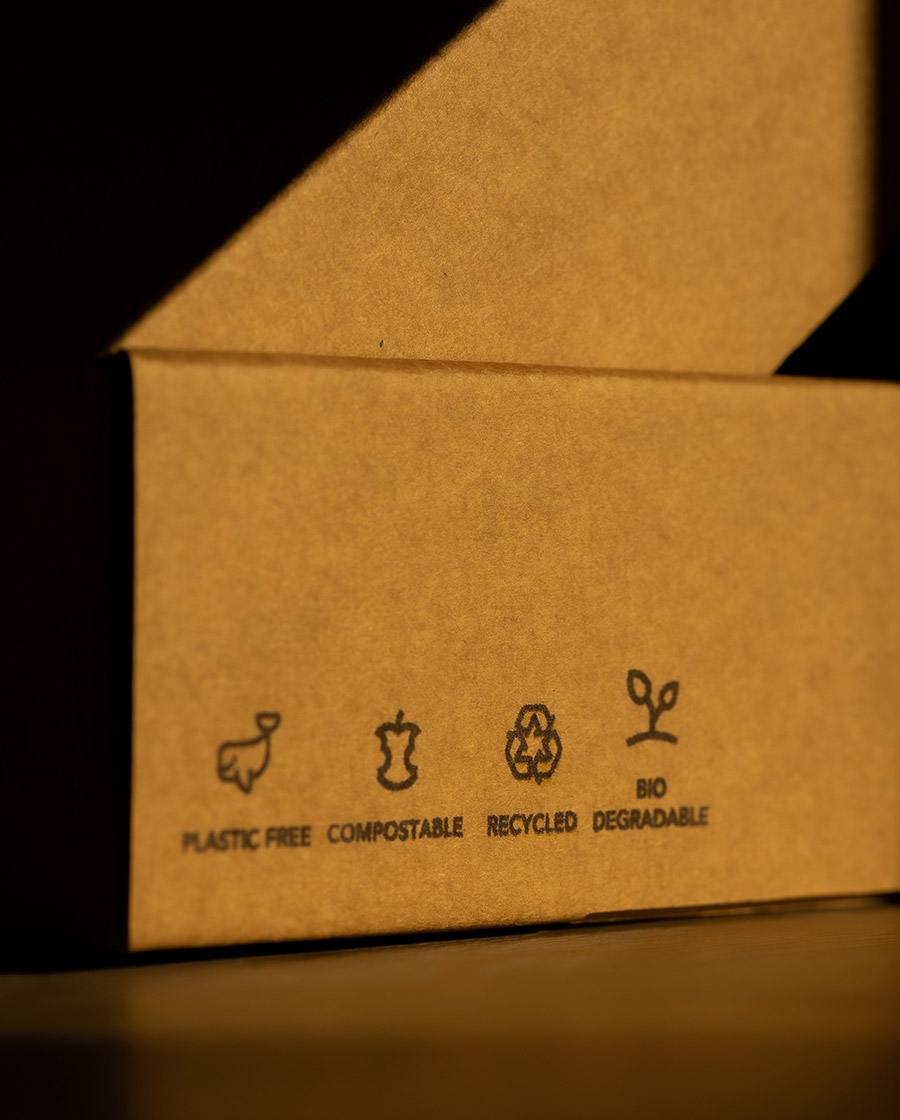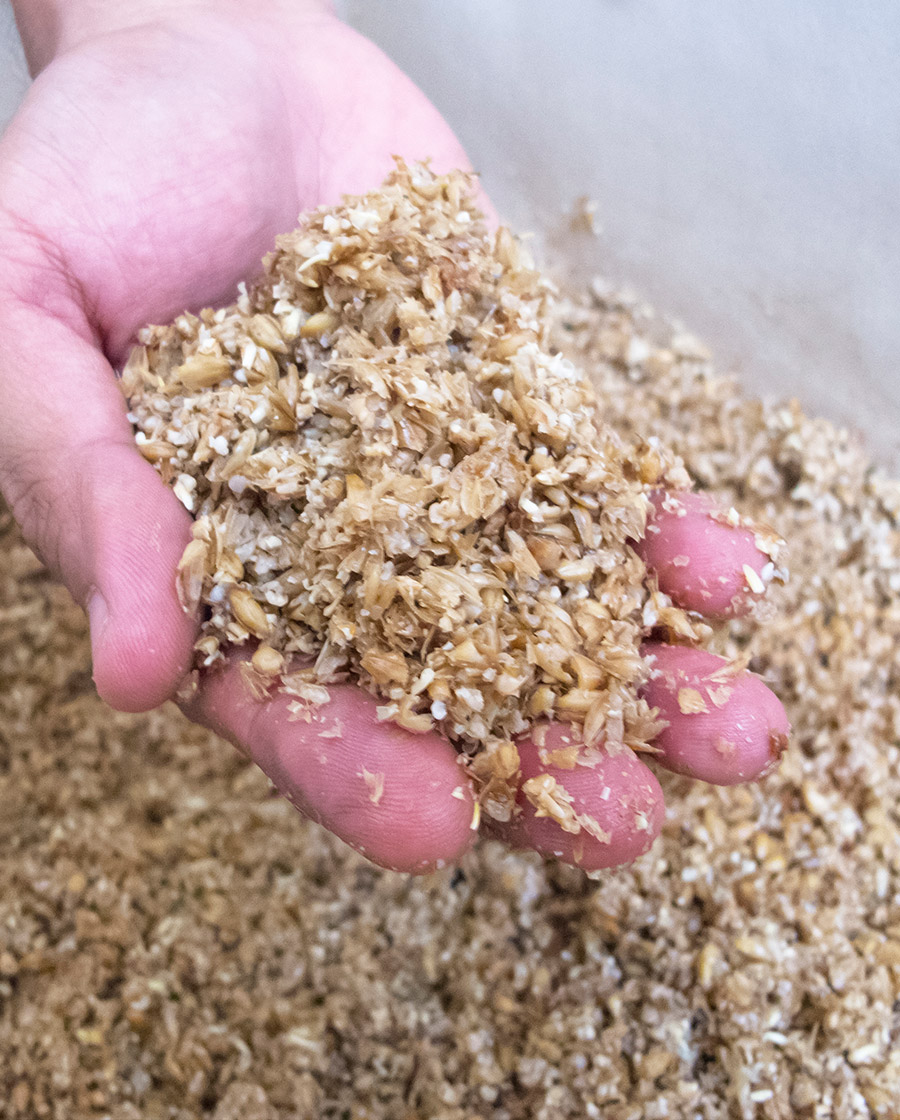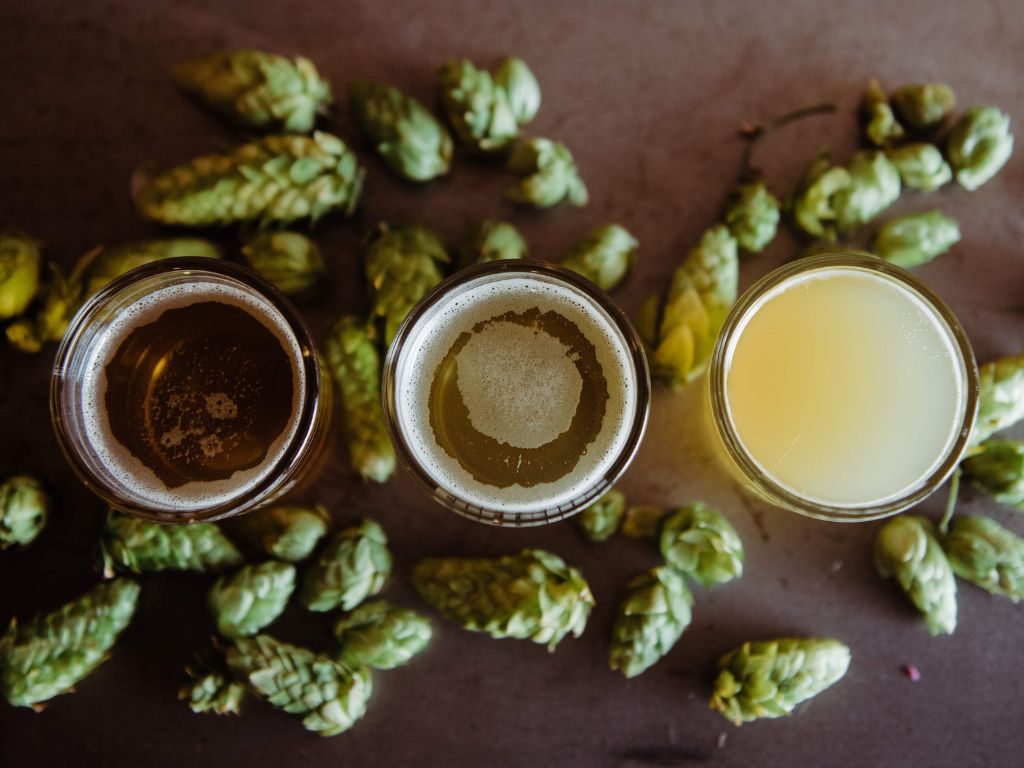Earth Data
Act now, and we can put it right
If you want more information, please contact us at info@newtreeimpact.com
Increasing World Population (in Billions)
Growing population at such a staggering rate can be seen as the root cause of many problems arising today or threaten to arise in near future. The population is expected to rise by 25% from 7.8 Billion in 2020 to 9.7 Billion in 2050, a rate which is highly unprecedented when compared with survival drivers like arable land, natural resources, etc.
CO2 emissions (K gigatonnes CO2 equivalent/yr)
In the time of crisis, when the world comes at a stop the CO2 emissions goes down (like in 2008 & 2019 Covid), but as soon as things get back to normal, those emissions starts increasing multifold. As we all know, CO2 acts as a greenhouse gas and can absorb & emit infrared radiation. The constant check to keep CO2 emissions at lowest, is one of the major driver in dealing with the climate change.
Per Capita Meat production (Kg/Y)
Production of a single ounce of meat requires significant amount of natural resources and also has to handle the methane gas emission from Cows (20% of total methane gas emission). Reduced per capita meat production, between 2018 & 2020, a decline of about 5.7% was likely because of an outbreak of African swine fever in China that reduced the pork supply.
Ruminant Livestock Numbers (billion individuals)
Never have we seen the world ruminant livestock numbers soaring past 4 billion, which represents much more mass than all human and animals combined. We can agree that although these are important source of protein & livelihood, but they are also a significant contributor to environmental challenges like methane and CO2 emissions, deforestation & water usage.
Global Monthly Mean CH4 (CH4 ppb)
One of the most dangerous GHG, Methane, set new year-to-date records for atmospheric concentration for years 2020 and 2021. Methane traps 86 times more heat in the atmosphere that CO2 and 20% of planet warning can be contributed to Methane. All five of the hottest years on record has happened since 2015, which shows the direct relation between the earth's temperature & GHGs.
Global tree cover loss (MHa/Y)
World lost 1.6 million hectares of undisturbed forest land last year (2020), up 7% of 2019, according to the Global Forest Watch. Losses in the tropics have now increased for two years in a row, driven mostly by forest clearance for agriculture. The EU and UK government are considering using trade deals and regulations to apply pressure on countries such as Brazil (most forest loss in 2019-2020) to curb deforestation.
Energy Consumption (Exajoules/yr)
Fossil fuel energy consumption has decreased since 2019 (COVID-19). However, these declines appear to be transient and projected to rise again from 2021. Conversely, solar and wind power consumption increased by 57% from 2018 to 2021, but it's still 19 times lower than fossil fuel. Although we can see the increasing trend in Solar/Wind energy, the rate of increase for other conventional fossil fuels energy sources is comparatively higher.
Food-Loss
Would never be enough to waste
Intro
17% of produced food is wasted globally each year. That is 931 million metric tons (1.03 billion tons) of food (enough to feed the USA thrice!).
The term food loss is very much self-explanatory, and the above fact should be enough to show the severity of the problem in hand. Food waste does not always occur at the consumer level, but also takes place at origin or farm level. These food wastes are the crop that is intended for human consumption but either never got harvested properly or got sold. Food waste reduction solutions focus on extending the shelf life of the products, providing foods with sustainable packaging which are biodegradable or recyclable. These solutions also contain optimizing farm planning & management or addressing productivity challenges.

Why
Food waste is a critical sustainability issue that negatively affects food security, resource availability, and even climate change.
33.7% : Edible produce went unharvested in fields.
$285.0 billion : The economic cost of wasted food in the US (2019).
620,168 tons of CO2 : produced by unharvested food in 2019, the 13.9 million tons of food left unharvested in the US was estimated to generate and waste 818,145 million gallons of water.

Data speaks
Why Food-Loss ?
Packaging waste generated and recycled, EU, 2008-2018
Food wastage volumes, at each phase of supply chain
Want to see more data,
please click here.
Precision is key
Sub-sectors in focus
Extend Shelf lives
During food transportation and distribution, perishable foods are vulnerable to loss, particularly in countries with less developed infrastructure. And even when these goods reach market, they do not long last and have shorter shelf lives. The solutions in this direction, help food to be preserved for a longer period of time either through production or transportation phase by adequately managing the supply chain.
Eco Packaging
It can take 1,000 years for a plastic to decompose naturally, and 1 million tons of plastic waste produces same amount of GHG emissions as 435,000 cars. These two facts are enough to depict the need for sustainable and biodegradable packaging and how essential it is to empower entrepreneurs working in this direction.

Portfolio
Food-Loss Investments
Investors
Want to join us on our mission to fight climate change through Agri-Food revolution and discuss our value proposition?
Entrepreneurs
We know taking the next big step is never easy, but if the goals are mutual, things do fall into place. Let’s discuss your idea!



